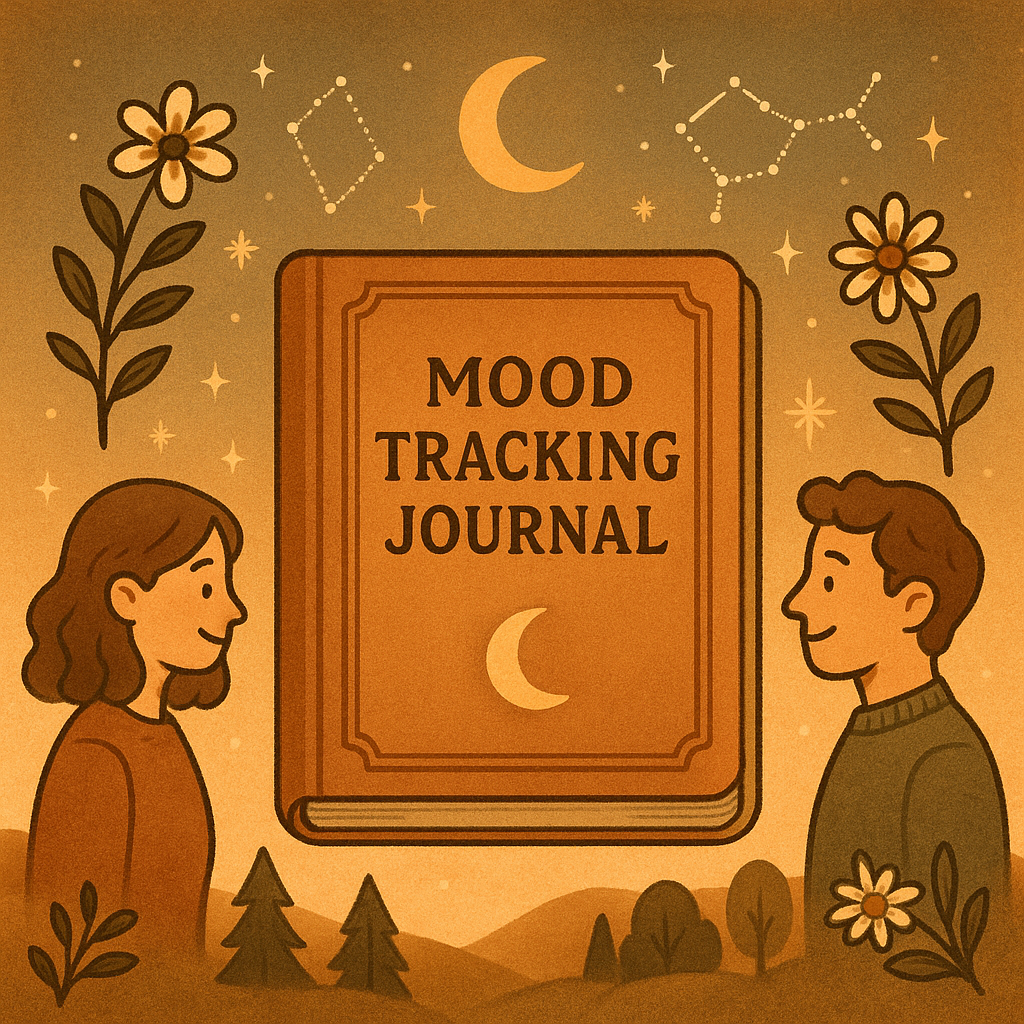
Mood Tracking Journal: Unlock Emotional Clarity & Growth
Have you ever wondered how understanding your daily moods could transform your emotional wellbeing? Many of us experience fluctuating feelings but lack a simple method to recognize patterns and nurture resilience.
A Mood Tracking Journal offers a gentle, insightful way to explore your emotional landscape, helping you discover what truly influences your feelings and how to cultivate a more mindful, balanced life. In this article, we’ll dive deep into the power of mood journaling, uncover common challenges, and show you how Rosebud’s AI-powered journaling platform can accelerate your path to emotional clarity.
Understanding the Mood Tracking Journal
What a Mood Tracking Journal Really Means
A Mood Tracking Journal is more than just a daily log; it’s a tool for self-discovery and emotional intelligence. By recording your feelings regularly, you begin to recognize patterns, triggers, and progress over time.
Many assume mood journaling is complicated or time-consuming. However, when approached with intention, it becomes a nurturing practice that promotes self-awareness and resilience.
Research from psychology shows that consistent mood tracking can significantly improve emotional regulation and mental health. It encourages mindful reflection, helping you identify what uplifts or drains your energy.
Why This Matters for Your Personal Growth
Understanding your emotional patterns empowers you to make informed choices, nurture positive habits, and develop resilience against stress. It’s a step toward authentic self-awareness, fostering compassion for your human experience.
Imagine noticing that your mood dips after certain activities or interactions. Recognizing these patterns allows you to adjust and cultivate habits that support your wellbeing.
The Hidden Challenges
Recognizing the Obstacles
Challenge 1: Inconsistent Record-Keeping
Many start with enthusiasm but struggle to maintain regular entries, leading to fragmented insights.
Challenge 2: Overwhelm from Data
Seeing a lengthy pattern can feel daunting, making it hard to interpret or act upon.
Challenge 3: Lack of Guidance
Without prompts or context, mood entries may feel superficial or disconnected.
The Cost of Staying Stuck
Remaining unaware of emotional patterns can lead to unmanaged stress, burnout, or misunderstandings in relationships. It’s like wandering without a map—you're less likely to reach your destination of emotional balance.
Yet, this challenge presents an opportunity: with the right tools and mindset, you can unlock deeper self-understanding and resilience.
Your Path Forward
The 3-Step Framework for Emotional Clarity
Step 1: Set Daily Intentions
Begin each day with a simple intention—"Today, I will notice my mood without judgment." Use your journal to record your feelings at different times.
Example: “I felt anxious in the morning, but calmer by evening.”
Tip: Use prompts like “What am I grateful for today?” to deepen your reflections.
Step 2: Identify Patterns
Review your entries weekly to observe recurring themes or triggers. Are certain activities consistently uplifting or draining?
Mini-Scenario: Noticing that social interactions boost your mood, plan more of those.
Tip: Use visualizations like mood charts to track trends.
Step 3: Cultivate Resilience
Develop coping strategies based on your insights—such as mindfulness exercises or boundary-setting.
Example: When feeling overwhelmed, take a 5-minute breathing break.
Tip: Celebrate small wins to reinforce positive habits.
How Rosebud Accelerates Your Journey
Your AI-Powered Growth Companion
Rosebud’s platform offers personalized prompts, mood analysis, and insights tailored to your emotional patterns. Our AI gently guides you to discover what influences your mood and how to nurture your emotional resilience.
Try this prompt:
“Today, I noticed I felt anxious when I thought about upcoming deadlines. How can I prepare to feel more in control?”
This simple question helps you reflect and develop proactive strategies.
Real Transformations from Our Community
Maria’s Story: Struggled with anxiety, but through daily mood tracking with Rosebud, she identified triggers and learned mindfulness techniques, leading to greater calm and confidence.
James’s Perspective: Used mood journaling to navigate a stressful career change, discovering resilience he didn’t realize he had.
Community Wisdom: Our users share that consistent journaling fosters a sense of mastery over their emotions, turning insights into actions.
Taking Action Today
Your Quick-Start Guide
Now
- Dedicate 5 minutes to record your mood.
- Reflect on what influenced your feelings.
- Commit to a daily journaling moment.
Later Today
- Review your entries for patterns.
- Incorporate a calming activity on challenging days.
- Share your progress with a friend or community.
Tomorrow
- Set a mood goal—e.g., increase joyful moments.
- Celebrate your growth milestones.
- Adjust your journaling routine as needed.
Conclusion
Embarking on your mood tracking journey is a powerful step toward authentic emotional understanding. By recognizing your patterns and cultivating resilience, you unlock the potential for profound personal growth.
Remember, each small step builds toward a richer, more mindful life. Rosebud is here to support you every step of the way.
Start today—your journey to emotional clarity begins now.






